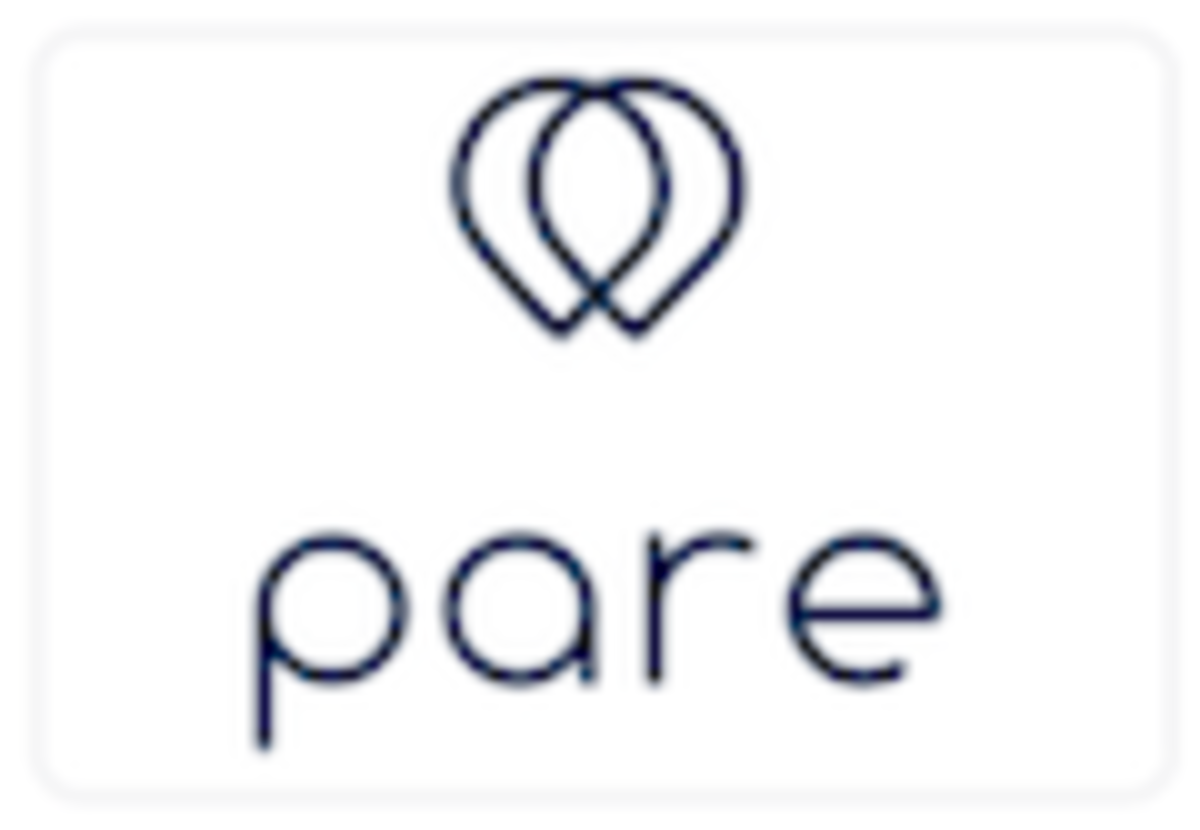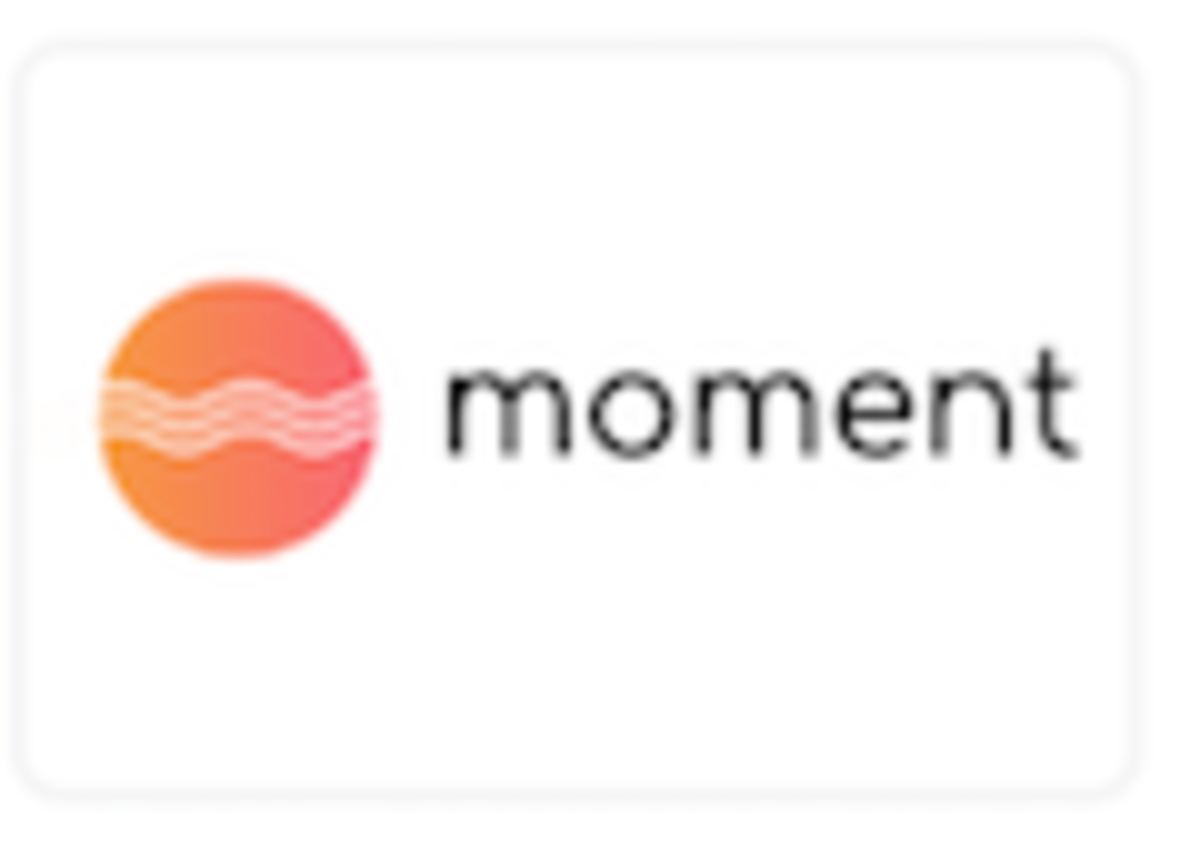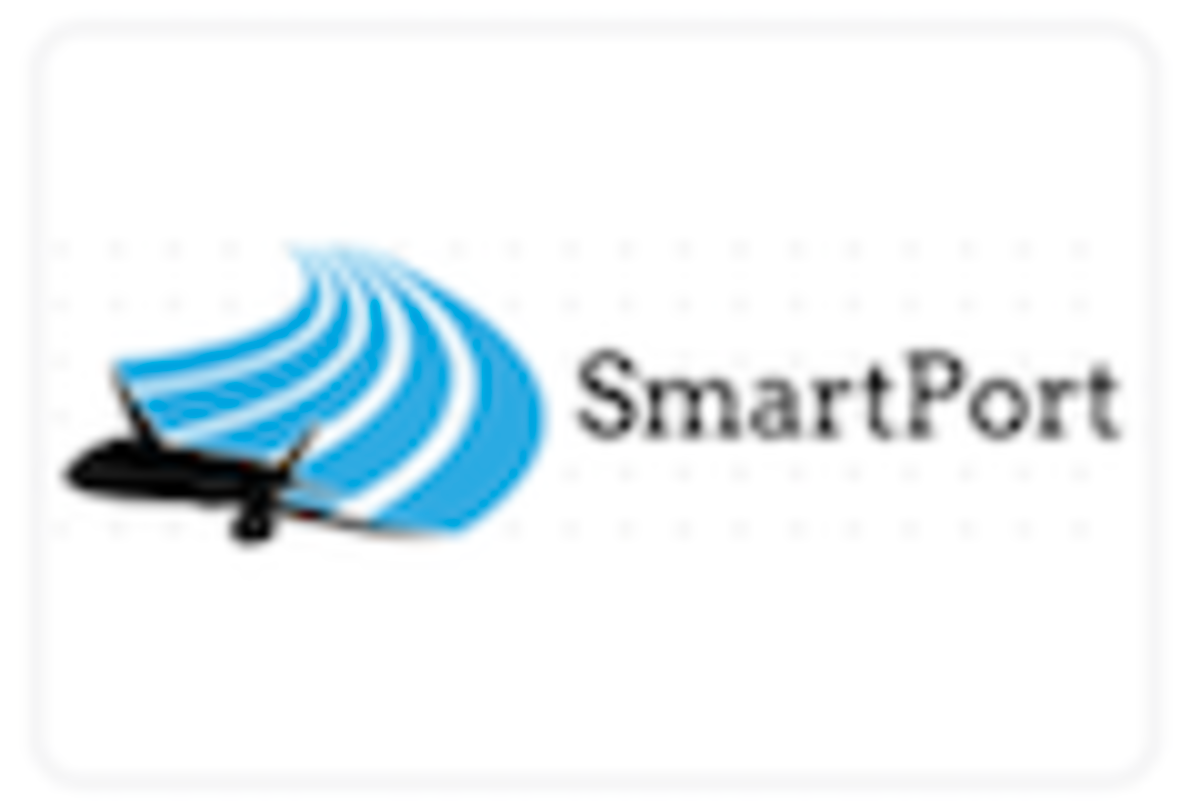School of Systems & Enterprises Seniors Address Contemporary Challenges in Forward-Thinking Capstone Projects
On April 30, School of Systems & Enterprises seniors put the future on display at Stevens Innovation Expo 2021.
Graduating seniors in the School of Systems & Enterprises (SSE) presented software engineering and engineering management-supported solutions to societal issues spanning COVID-19, mental health and airport systems inefficiencies, among other 21st century concerns, at Stevens Innovation Expo 2021.
At the annual, university-wide showcase of Senior Design projects, seven respective teams of SSE seniors put their big-picture problem solving strategies on display across the following capstones: Trendease Secure Net, The Gaiters,Pare, **LilyPad Smart Journaling, Moment,** SmartPort and ACRP Design Competition: Planning & Management.
“Our graduating Class of 2021 devised inventive applications and platforms that compellingly confront contemporary challenges,” said Yehia Massoud, dean of the SSE. “The Senior Design projects that our students shared at this year’s Innovation Expo underscore the seniors’ creative and technical aptitude while showing the professional promise that they will bring to the software engineering and engineering management arenas.”
For the second year in Stevens Innovation Expo history, the day-long celebration of the capstone projects assumed a largely virtual format, providing a platform for students, faculty, staff and guests to engage in discussions and demonstrations related to the future of design and technology.
Senior Capstones Agilely Address Pandemic Aspects and Implications
At a time when learning and work continue to be performed remotely to an unprecedented degree, the Trendease Secure Net team (Allen Best Jr., Liam Brew, Alẽjandro Garcia, Robert Schaedler III and Aaron Vo Dewey) tackled network maintenance for home computing through the development of the intuitive Secure Net platform. The system, designed to be accessible to those who do not have the experience necessary to manage their own network maintenance, shields residential networks from bandwidth throttling and malware, offering a user-friendly approach to preventing threats that can destabilize home networks. The Secure Net team intends to add several threat models to the platform’s protective purview over the next six to eight months and built the platform to accommodate routine system updates in the same way that an Apple iPhone would.
“It’s a very new approach to network security,” said Aaron Vo Dewey. “The particular model that we’re using to understand, interpret and analyze the network is unique; there is not a comparable competing solution in this area. The traditional solutions are outdated in this space, so you could say we’re on the cutting-edge trying to get this new framework of network security going.”
The COVID-19 pandemic also directly influenced the development of The Gaiters (Kyle McShea, Jack Nonnenmacher, Dominic Ortiz, Miriam Podkolzin and Connor Smith), a social distancing detection system that generates quantitative metrics in real-time to illustrate just how closely CDC-prescribed social distancing guidelines are being followed in traditionally high-traffic areas such as college campuses, bars/restaurants and gyms. Through the use of Arduino ultrasonic sensors and artificial intelligence (AI), the team can track not only social distancing adherence but also foot traffic patterns. The insights derived from the system could be marketed to a variety of entities, such as compliance and insurance companies, among other audiences for which such data would be useful.
“The goal of our project was to provide a system that could determine how safe a given area is,” said Connor Smith.
The Pare team’s (Michael Delcid, Micheal Fahim, Gianna Miggins and Bruno Salgado) Senior Design project embraced the experience of finding a bar/restaurant in the New York City area, starting in Greenwich Village. In concert with Pare’s four founders, one of whom is notably a Stevens Institute of Technology alumna, the students aided the development of the web application. Founded approximately one-year ago, Pare is an interactive bar/restaurant recommendation application that allows users (target age range: 21 to 30 years) to customize their profiles, set their location and add friends. Pare’s personalized recommendation system tailors bar/restaurant suggestions to users’ individual interests and preferences, revolutionizing the way by which new bars/restaurants can be identified.
The team worked on an application redesign, user retention elements and other features such as COVID-19-conscious facets that can tell users if locations are open amid the pandemic and what kinds of restrictions they can expect.
“The pandemic has impacted our development in a good way because it caused us to pivot our business model. Now we include alerts to tell users if a place is closed, for instance,” said Micheal Fahim.
Students Consider Avenues for Mental Wellness, Communication Improvement
The LilyPad Smart Journaling team (Erik Buczek, Hayden Daly, Brittany DiFede, John McFarren, Scott Murray, Olivia Powers and Angelina Zaccaria) addressed deficits in the mental healthcare system demonstrated by the COVID-19 pandemic via a smart journaling and mood tracking application aimed at college students. Equipped with gamification elements such as a “rewards collection,” LilyPad Smart Journaling seeks to provide students with a safe and private place to record their thoughts and moods while offering a more engaging and motivating alternative to existing journalistic platforms.
“We all really liked the idea for LilyPad particularly because of COVID-19, which made it difficult to deal with mental health issues and contact mental wellness professionals, so we thought this could be helpful and wanted to be working on a project that could make a difference,” Angelina Zaccaria said.
The application is made more impactful by trends in anxiety and depression among college students; approximately 42% and 36% of students report experiencing anxiety and depression, respectively, according to American Psychological Association data presented by the team.
Electronic communication was also a core focus for the Moment team (Juan Araque, Johnny Aza Jr., George Ibuna Jr., Jaeanne Vicencio and Andrew Yager). Seeking to empower Moment phone application users to effectively share their emotions—particularly negative emotions—the students developed an engaging, interactive application that enables downloaders to complete and share daily emotional check-ins. Fellow Moment users whom other users add to their “circle” can see the result of their check-ins, which can capture symptoms such as low motivation, boredom, sleep problems and depression, in addition to mood indications.
“We use machine learning to understand why users may be feeling the way that they report themselves to be feeling and detect patterns to surface that to the user,” said Andrew Yager. The patterns can also be surfaced to the members in the user’s circle, prompting check-in actions such as a “send a message” option.
Moment is targeted at married couples and nuclear families but is notably not limited to these audiences.
Teams Take Their Systems-Based Thinking to the Airport
The SmartPort team (Adam Corby, Viviane Farnung, Austin Kruger, Thomas Paulich and Juliet Yeomans) aligned with global consultancy headquarters Mott MacDonald and the Port Authority of New York and New Jersey to create and optimize The SmartPort Toolkit to meet airport operations insights needs. By providing models, simulations and reports, The SmartPort Toolkit allows airport administrators to simulate baggage journeys, customer flows and other operations to gain transparency into inefficiencies such as bottlenecks. This information can be used to direct resource allocation to the most prominent problem areas to later boost customer satisfaction and increase throughput and revenue.
“Airport administration struggles to efficiently identify where customer pain points are and how to modify their infrastructure to alleviate these pain points because the process takes time and resources,” said Adam Corby.
The SmartPort seniors will soon meet with personnel from Newark Liberty International Airport to present the toolkit.
The value of systems-based thinking was also apparent in the Airport Cooperative Research Program (ACRP) Design Competition: Planning & Management team’s (E’Nigel Ansah, Victoria Czochanski, Trevor Kiessling, Erica O’Kelly, Makenna Sargis and Kaylee Shepard) Senior Design project, which found the students developing an innovative solution to personal vehicle parking and traffic congestion issues in airport settings. Through the implementation of a three-system solution, consisting of a traffic monitoring system, smart parking garage and mobile application, the team members project that they can not only decrease customer parking costs without compromising airport revenue, but also shorten the driving and parking durations that airport visitors experience by at least 25%.
Broken down by component, the traffic monitoring system collects and stores airport traffic data to help drivers evade traffic, the smart garage uses license plate recognition and guided parking for faster, more convenient parking and payment and the mobile application displays this data while supporting garage payment and traffic and garage navigation.








